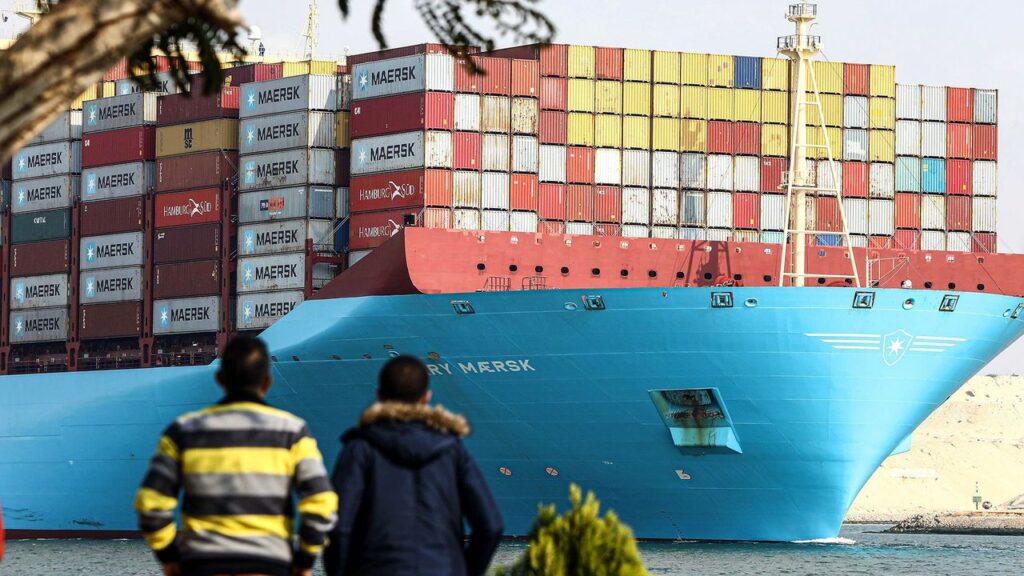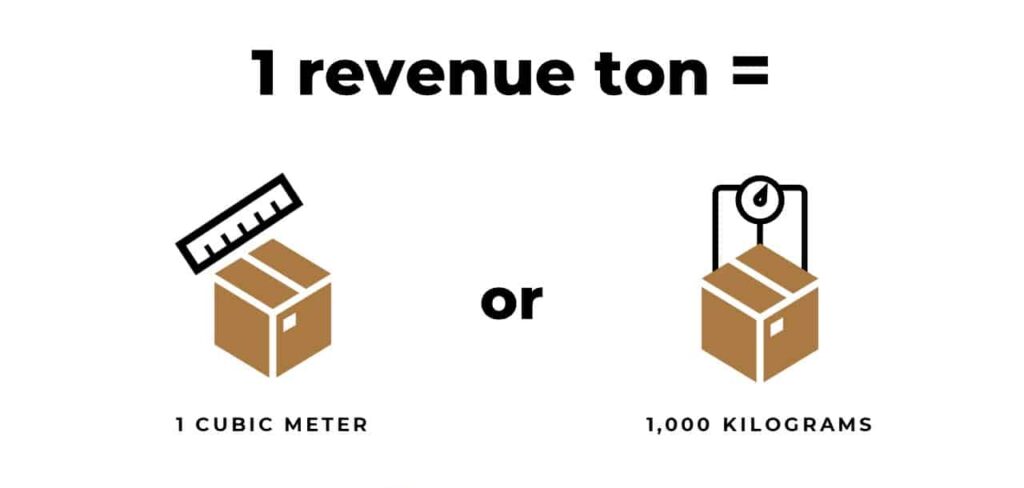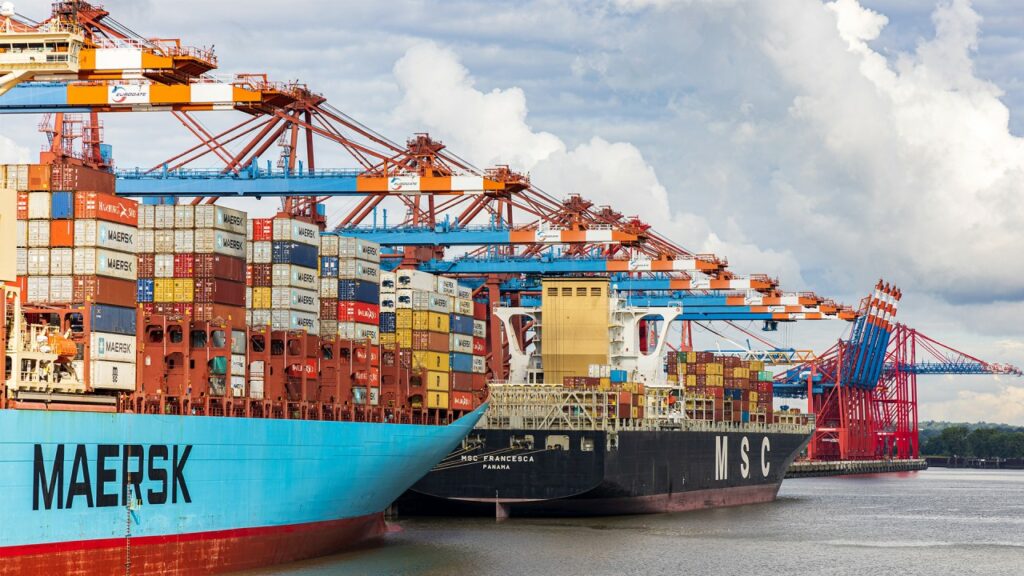In the China shipping agent to your shipping quotes, often hear the offerer said , this is what it means? Below to give you a detailed introduction!
What is the meaning of Revenue Tons
RT is short for Revenue Tons, meaning billable tons, billable tons, freight tons, freight tons, is the weight tons (W) and size tons (M) of the collective term.
The “ton” here is just a billing symbol, and this billable ton/freight ton is sometimes a unit of weight (for express and air freight), and sometimes a unit of volume (for ocean freight). For example,
Freight Charges 50usd/RT means that each billable ton of freight is $50.
Revenue Tons are very common among freight forwarders, especially for ocean LCL and breakbulk transportation (LCL).
How Revenue Tons are Calculated
RT is usually calculated by comparing Volumetric Weight (or Dimensions Weight) and Gross Weight (G.W.), whichever is bigger will be charged according to which, which is common in express and airfreight; or comparing Actual Volume and Dimensions Volume, whichever is bigger will be charged according to which, which is common in ocean freight.
(Express / air / sea) volume and weight calculation methods
Express Revenue Tons calculation method
The calculation method of express delivery is generally: volume weight = length * width * height / 5000, length, width and height of the unit are centimeters cm. such as the length of 80cm, width 50cm, height 60cm, gross weight of 45kg of a piece of goods, the volume weight = 80 * 50 * 60 / 5000 = 48kg. Volume weight is greater than the gross weight, so according to the volume weight (48 kg) billing. Note: Express general billing by weight, light foam goods into volume weight and then billing, and ocean freight according to volume billing is not the same.

Air freight Revenue Tons calculation method
The calculation method of air freight to USA is generally: volumetric weight = length * width * height / 6000, length, width and height of the unit are centimeters cm. such as the length of 80cm, width 50cm, height 60cm, gross weight of 45kg of a piece of cargo, volumetric weight = 80 * 50 * 60 / 6000 = 40kg.
Volumetric weight is less than gross weight, so according to the gross weight (45 kg) billing. Note: Air freight is generally billed according to weight, light foam goods are converted to volume weight and then billed, and sea freight according to volume billing is not the same.
Sea freight Revenue Tons calculation method
There are many ways to calculate LCL freight, according to different shipping companies, different freight forwarders, different ports or different warehouses, the calculation standard may be different. There are so many common ones:
- 1CBM=1000KG: If the actual volume is 0.8CBM and the actual gross weight is 1200kg, then the freight rate = 1200/1000*rate.
- 1CBM=750KG: If the actual volume is 0.8CBM and the actual gross weight is 1200kg, then the freight rate = 1200/750*rate.
- 1CBM=500KG: If the actual volume is 0.8CBM, and the actual gross weight is 1200kg, then freight = 1200/500*rate.
- 1CBM=363KG: If the actual volume is 0.8CBM, and the actual gross weight is 1200kg, then freight = 1200/363*rate.
If you want to know more about LCL shipping content,click it:
Attention
Ocean LCL (LCL) is generally billed according to the volume of heavy goods converted to volume (such as the above 1200/1000, 1200/750, 1200/500, 1200/363 is the weight according to different standards converted to volume) and then billed, which is not the same as the express and air freight according to the weight billing.
In summary, express and air transport: through the conversion and comparison, according to the principle of “choose the greater of the two”, to determine the billing weight, and then multiply the billing weight by the rate, that is, the freight.
Sea freight: through conversion and comparison, according to the principle of “choosing the greater of the two”, to determine the billable volume, and then multiply the billable volume by the rate, is the freight.
For all your needs for China to USA freight shipping, please contact us today!


